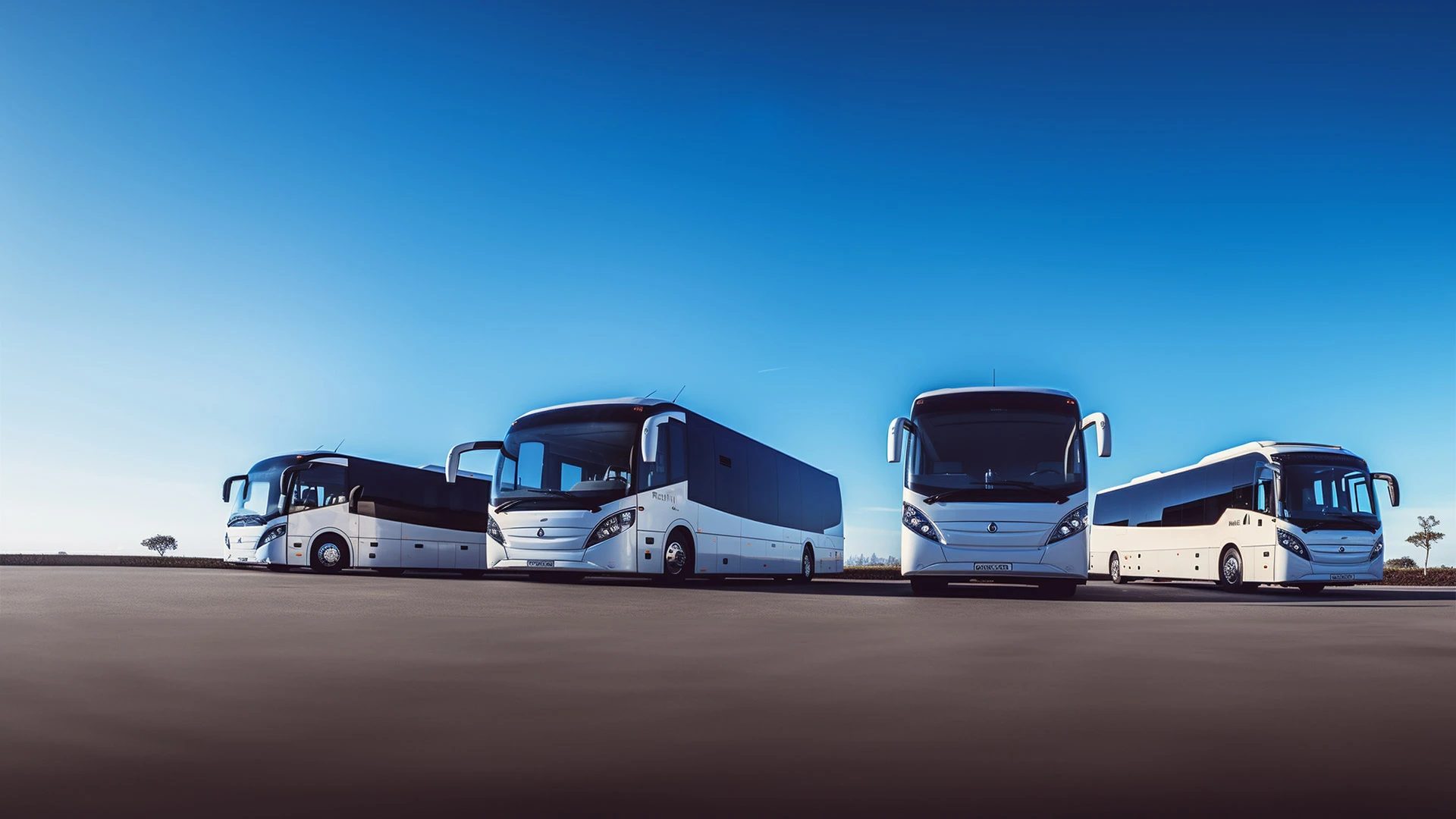As a futurist, I observe numerous industries undergoing profound transformations, and the transportation sector stands as a prime example of an industry grappling with rapid shifts in technology and evolving customer expectations. Specifically, these transformations are being driven by three significant trends: electrification, automation, and servitization.
It is imperative to recognize that these three trends are not solely poised to reshape the movement of people but will also fundamentally alter the logistics of goods transportation. Hence, the rapid advancements within the transportation sphere will exert a far-reaching impact on a multitude of businesses, irrespective of their sector, particularly those reliant on supply chains for the movement of goods.
Let us delve into these three trends with greater depth.
Trend 1: Electrification
The transportation sector has long been a substantial contributor to greenhouse gas emissions. In the United States, transportation accounts for approximately 28 percent of total greenhouse gas emissions, primarily originating from the combustion of fossil fuels, notably gasoline and diesel, to power vehicles encompassing cars, trucks, ships, planes, and trains. There is an urgent need to transition to more environmentally sustainable modes of transportation, and electrification emerges as a pivotal solution.
In the realm of automobiles, electric vehicles (EVs) are poised to reach a critical tipping point. While EVs constituted a mere 6 percent of global automotive sales in 2020, projections indicate that this figure will surge to 13 percent by 2025 and 22 percent by 2030. Over time, more stringent national emissions targets, burgeoning urban populations, improvements in charging infrastructure, and the declining cost of lithium-ion batteries, which power EVs and have already witnessed an 80 percent reduction in cost since 2010, will coalesce to drive mass adoption of EVs.
Remarkably, the shift towards electrification extends beyond passenger cars:
- Indian ride-sharing giant Ola has made substantial investments in electric scooters, boasting the world’s largest e-scooter facility in India with the capacity to produce 10 million electric scooters annually.
- Industry leaders like Daimler are channeling resources into electric truck technology, exemplified by the forthcoming production of the eCascadia and eM2 trucks with respective ranges of 250 and 230 miles in 2022.
- Norway has been at the forefront, operating electric car ferries since 2015, and is now on track to run an all-electric ferry fleet by 2023.
Trend 2: Autonomous, Connected Vehicles
Autonomous vehicles represent a monumental opportunity to revolutionize the transportation of both people and goods. They hold the promise of enhancing road safety, alleviating traffic congestion, and potentially influencing urban planning, rendering vast parking lots obsolete as driverless vehicles drop passengers at their destinations and return later.
Currently, the landscape of autonomous cars can be summarized as follows:
- Elon Musk asserted that Tesla’s autonomous vehicle technology would achieve Level 5 autonomy, wherein the vehicle can autonomously handle all driving tasks under any circumstances, by the end of 2021. However, Tesla representatives later clarified that this milestone could not be guaranteed by the end of 2021.
- Several other automakers are diligently working toward achieving Level 4 autonomy, where vehicles can drive autonomously under specific conditions, within the next few years.
- Notably, driverless taxis have already become a reality in certain parts of the world. Waymo, Alphabet’s autonomous taxi service, introduced fully driverless rides for the general public in 2020. In China, AutoX launched its fully driverless taxi service in early 2021.
In the realm of freight, numerous companies are actively engaged in the development of autonomous trucks, with TuSimple, in collaboration with UPS, conducting test operations in Arizona and Texas. While current TuSimple trucks maintain a human driver on board, they are slated to commence their first driverless trials in 2021, with plans to introduce autonomous trucks for sale in 2024.
Trend 3: Servitization
Servitization represents an expansive trend poised to impact nearly all industries, and the mobility sector is no exception. As urban populations continue to swell, coupled with growing concerns over the climate crisis, the era of individual car ownership is gradually waning. Furthermore, the advent of ride-sharing services such as Uber and Didi Chuxing has ushered in a paradigm shift, rendering transportation more intricate and multi-layered than the conventional model of private vehicle ownership.
Consequently, the trajectory is leading us toward mobility-as-a-service (MaaS) providers as the answer to our transportation needs. MaaS can be envisaged as mobility on demand, where entities like Uber fall within the purview. Yet, the MaaS operators of the future will transcend these models, offering customers a spectrum of mobility options through a unified payment channel and interface. For instance, with a MaaS provider, one could borrow a car for a few hours, rent an e-scooter in the city later in the day, and conclude the journey on public transport, all facilitated by a single platform. The crux of this paradigm is access to mobility, rather than ownership, suggesting that a significant proportion of urban residents may forgo car ownership entirely in the future.
For more insights into these transformative trends in transportation and mobility, please feel free to visit our website at https://www.forbes.com/sites/bernardmarr/2022/01/20/the-3-biggest-future-trends-in-transportation-and-mobility/?sh=4b23e7263783
